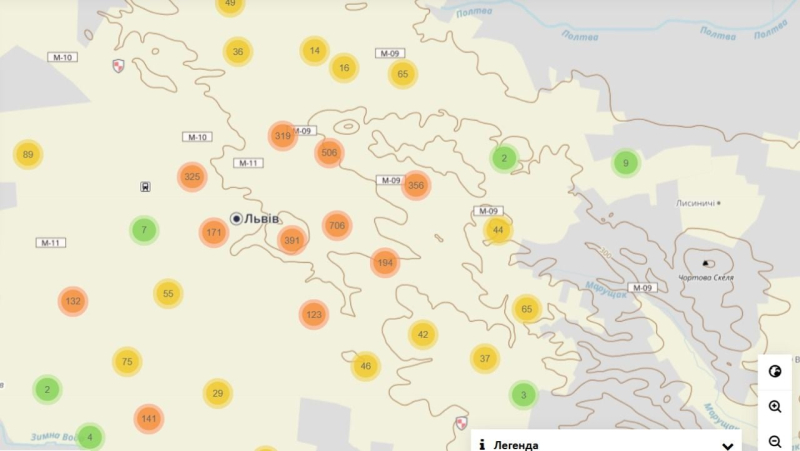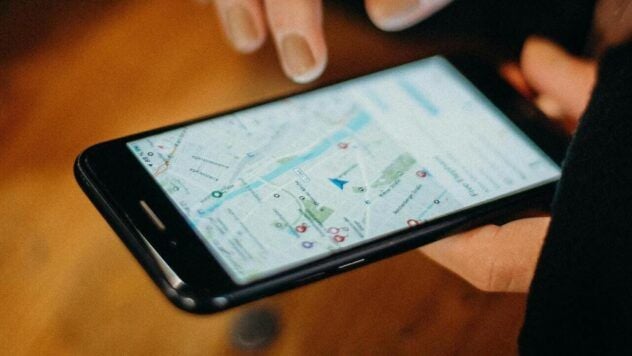After Russia's full-scale invasion of Ukraine, it became clear that the two-wall rule does not always protect against defeat. Hiding in a bathroom, hallway, or behind load-bearing walls is not a guarantee of safety. Missiles and drones hit a large area, penetrate ceilings, create a strong shock wave, and even thick walls do not always protect.
The safest option is a special shelter that is adapted to such threats: basements, storage facilities, parking lots with thick concrete walls. To find the nearest such place, there is an interactive Lviv shelter map. It will help you quickly navigate and save your life at a critical moment.
Read our article to find out where to find and how to use the bomb shelter map in Lviv.
Now watching
Where is the nearest shelter in Lviv and how to find it
The interactive map of Lviv shelters is accessible from any device, but you need to have the Internet. It was created to quickly find the nearest shelter and understand which of them is available.

Screenshot from the website of Lviv Municipality for the sake of
How to use the Lviv shelter map:
- Click on the link or go to the official website Lviv City Council.
- Find your location on the map using the geolocation feature or simply by moving the map.
- Zoom in to see closer cover.
- Click on the shelter markers to get detailed information about them.
On the Lviv 2025 shelter map, each shelter is marked with a special marker. If you click on it, detailed information about the shelter will open: the exact address, the type of shelter (residential building, educational institution, basement, etc.), as well as the number of people that the premises can accommodate.
Shelters can be found on the State Emergency Service map.
If you plan to go to a shelter, you should take the most necessary things with you: documents (passport, identification code, medical card), a mobile phone with a charged power bank, water and something light to snack on (a candy bar, cookies, nuts), a flashlight or a phone with a flashlight function, a small first aid kit (painkiller, antiseptic, bandage), cash or a bank card, warm clothes or a blanket, charging cables, and personal medications if you take them regularly.
If possible, put all of this in a separate bag in advance so that in case of an emergency you don’t have to waste time getting ready.

